If there’s one thing that is more indestructible in film history than Count Dracula, Frankenstein’s Monster, and the Phantom of the Opera, it has to be the films themselves. With every innovation in home entertainment, these Universal Pictures monsters were in the forefront – from the old days of broadcast TV, then VHS, and then DVDs, more recently Blu-ray, and most recently, 4K transfers, not to mention video streaming – these guys just won’t go away.
And as familiar as many of us are with these classics through repeated viewings, it may come as a surprise that there were some scenes filmed but left on the proverbial cutting room floor. For this Halloween I thought we would marvel and be mystified with these “orphan” sequences that were deemed unsuitable for the finished product for one reason or another.
Alas, the sequences themselves no longer exist but a number of 8×10-inch stills have survived to hint at what was deleted. Our tour begins in 1923 and ends in 1935. I have taken the liberty of creating color version of these great B&W photos much in the same way that the old Hollywood studios themselves turned their b/w photos into the glorious colorized lobby cards.
[SUGGESTION: if you are viewing these photos on an iphone or ipad, I urge you to switch to a full-screen monitor to fully appreciate the clarity and detail of the images.]
Let’s began with a curious scene from Lon Chaney, Sr.’s THE HUNCHBACKOF NOTRE DAME (1923), based on the classic novel by Victor Hugo. This film has been recently restored by Universal on Blu-ray and 4K. This scene was included in the original “Road Show” exhibitions in major cities when the film was first released. Later, when released to local neighborhood theatres, the movie was shortened and among the excised footage was this touching scene where Quasimodo (Chaney) attempts to buy some clothes for Esmeralda (Patsy Ruth Miller). His efforts don’t go well with the shopkeeper and he ends up attacking the man:


Next we return to 1925 and the film that many regard as the granddaddy of American horror films: THE PHANTOM OF THE OPERA. Again, Lon Chaney, Sr. created an unforgettable character that, like HUNCHBACK, was based on a hugely successful novel by another Frenchman, Gaston Leroux. The filming was a muddle and many scenes were discarded after preview audiences reacted unfavorably. Among the deleted scenes is this one below where Christine Daae (Mary Philbin) and Raoul (Norman Kerry) meet secretly in a cemetery. Things do not go as planned as you can see, and we know that eventually even the Erik the Phantom (Chaney, of course) shows up:
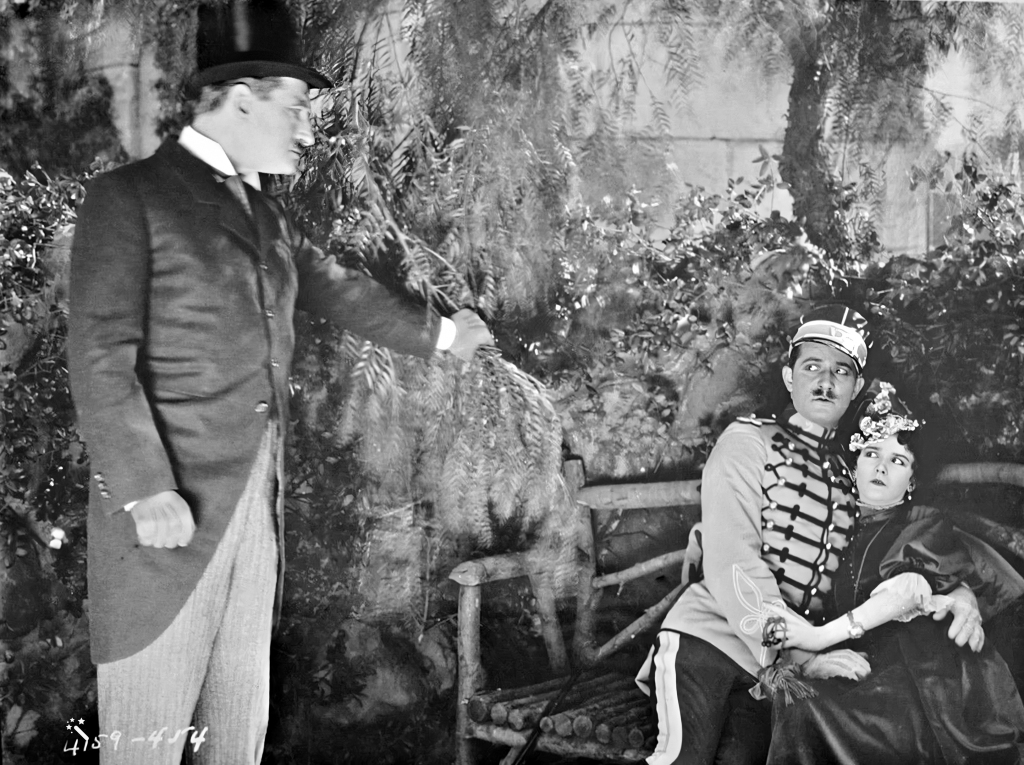

It seems that there were problems in deciding who the Phantom’s victims should be. In this discarded scene, Erik strikes among the opera patrons as one of the stagehands, Simon Buquet (Gibson Gowland), is found dead on the Grand Staircase in the lobby. In the finished work, Simon not only survives, but leads the angry mob to invade the Phantom’s underground lair and force him out to a watery grave.


On a lighter note, scenes showing playboy Raoul De Chagney (Norman Kerry) flirting with the ballerinas were likewise cut:
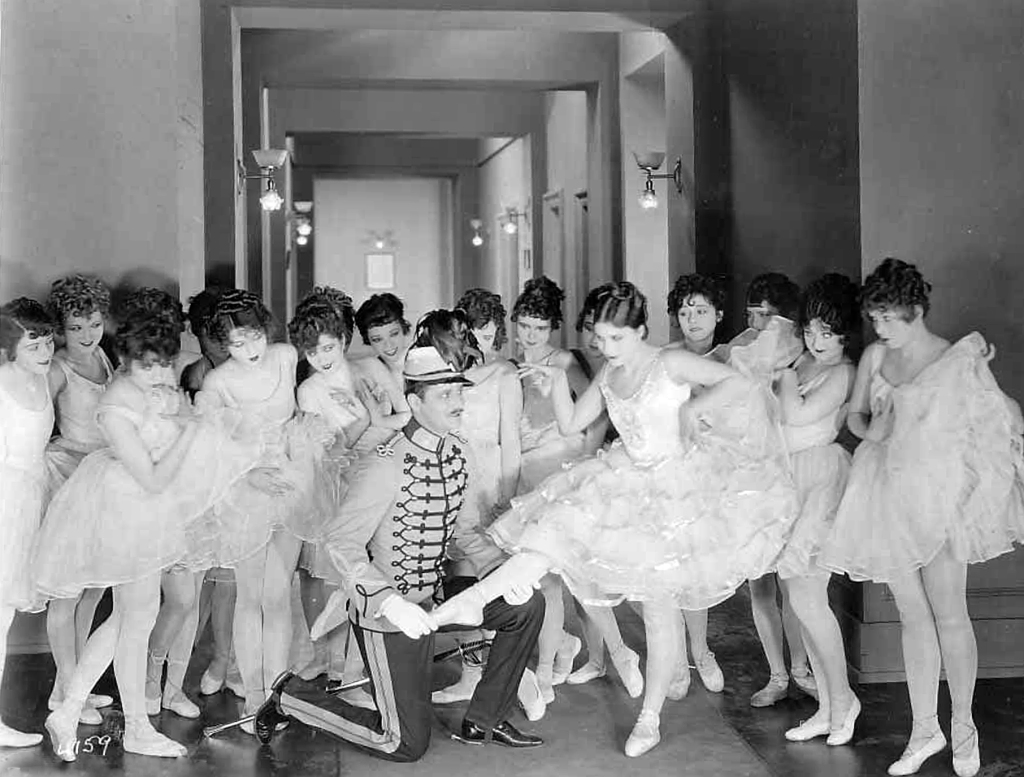

Even creating a satisfying ending for PHANTOM proved difficult. The two photos below show the unused ending, inspired by the novel’s ending, where poor Erik dies of a broken heart. An action ending was substituted:

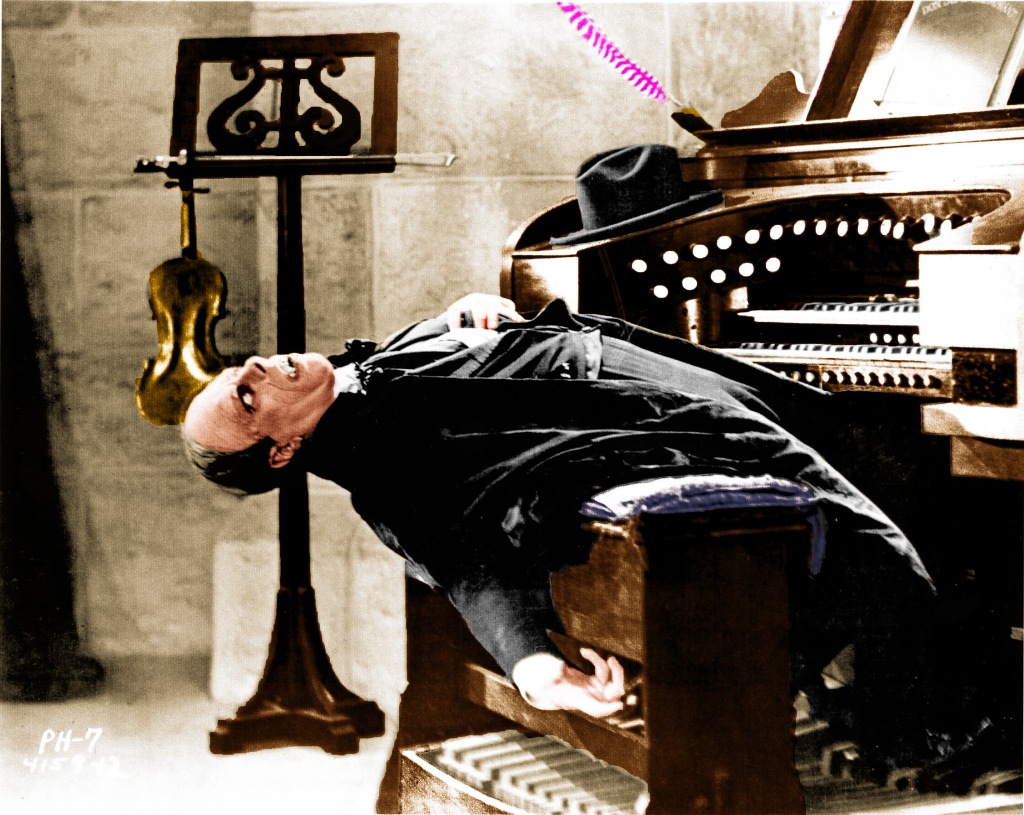


MGM gave the nascent horror film genre a try during the silent era with LONDON AFTER MIDNIGHT (1927), perhaps the most famous “lost film” of all time. This film was a vehicle for Lon Chaney. Sr. who plays a dual role in this murder mystery where one of the suspects is a vampire(!). Since the film can no longer be viewed, we have as a guide the existing continuity script that showed film editors how to assemble copies of the film back in ’27. Only shots that actually were used in the final edit are listed in the continuity script so photos of scenes not listed were likely cut. Here’s an atmospheric photo of Chaney as the vampire (aka “the man in the beaver hat”) and Edna Tichenor as a “bat girl,” which may simply be a posed photo or an actual scene that was cut:


American “horror” films of the silent era – the genre really was not established during that time – always explained away the supernatural events as caused by scheming humans. But the late 1920s play, DRACULA, based on the 1897 novel by Bram Stoker, didn’t flinch and insisted right to the end that vampires were real. With Bela Lugosi in the title role, American audiences needed very little convincing. The 1931 Universal film followed this construct and the first genuine American horror film dealing with the supernatural was created. A number of scenes were filmed but not included in the final cut. Among the most interesting are detailed sets, or likely scale models, of Castle Dracula and a nearby village that were not used in the film:

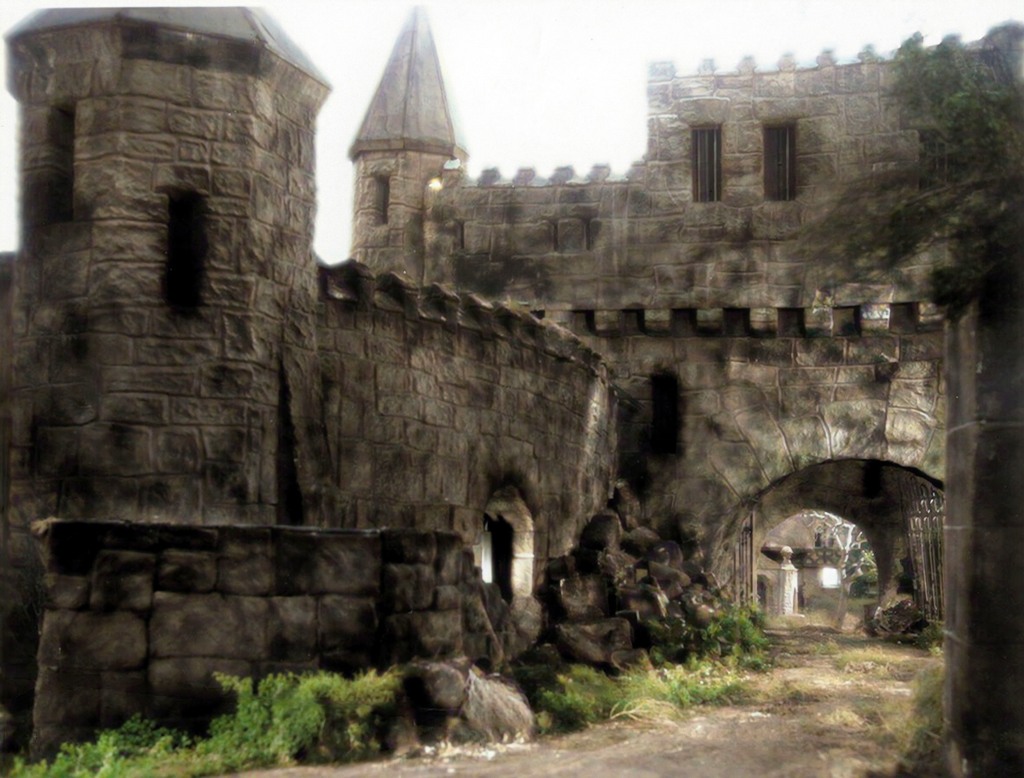
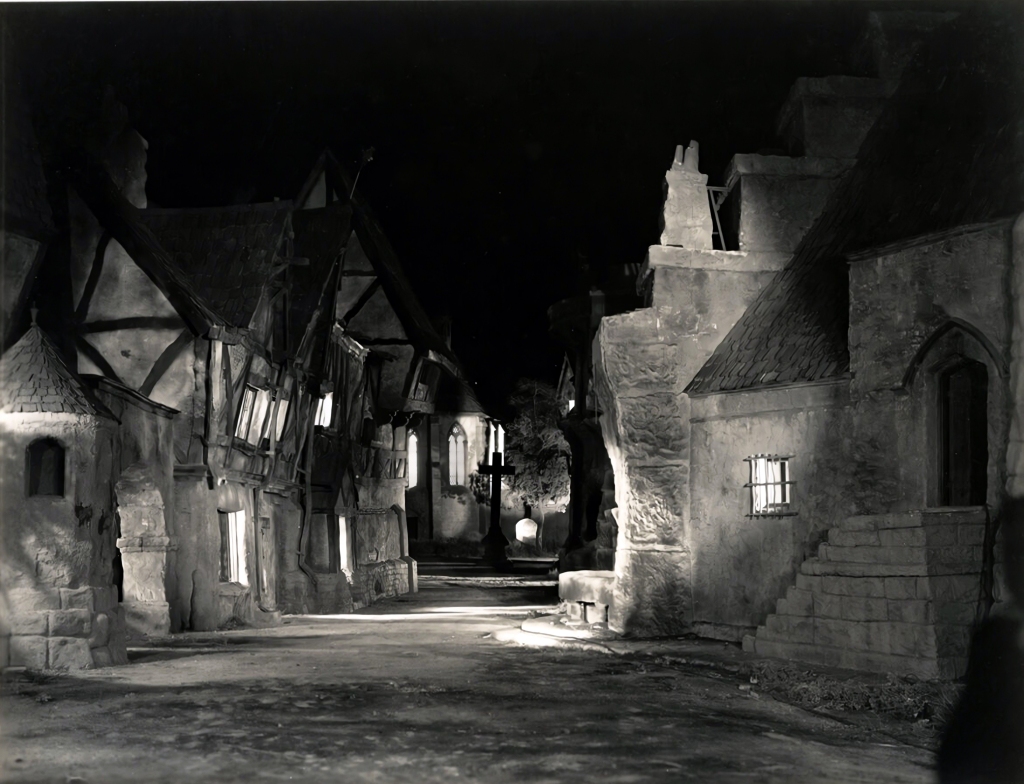

Perhaps this is a way station near the Borgo Pass for the coach that is taking poor Renfield to meet the Count, likewise cut:
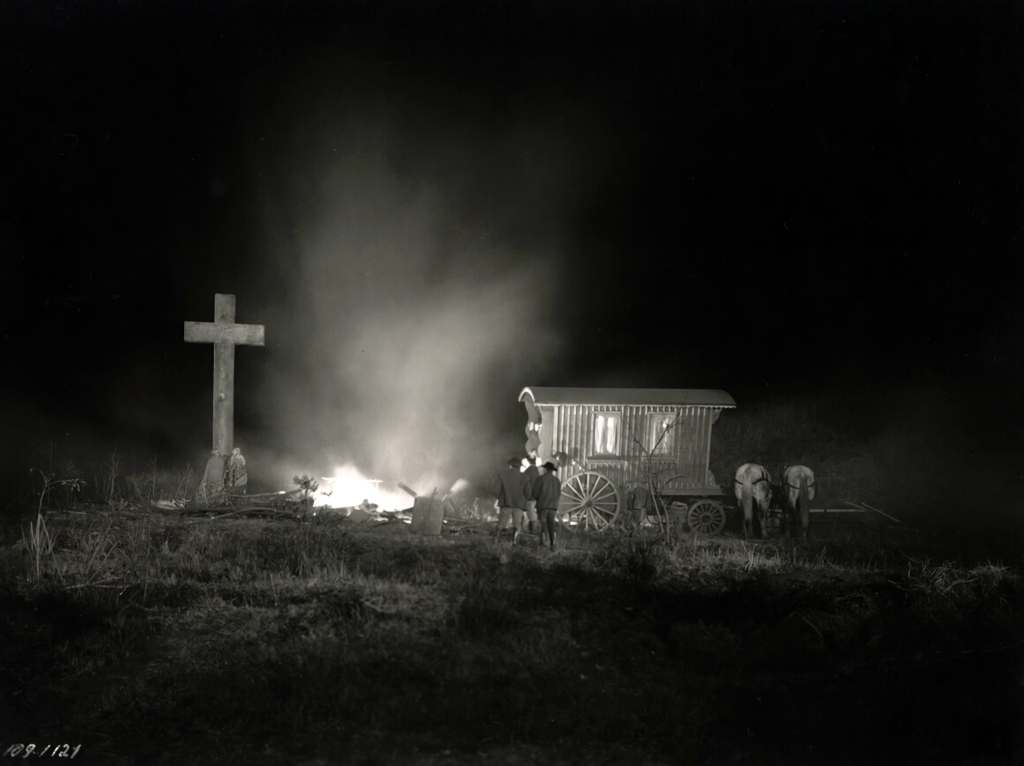

Boris Karloff soon joined Bela Lugosi as a major star of the horror genre as the result of his playing the Monster in FRANKENSTEIN (1931). Karloff’s follow-up film for Universal was THE MUMMY (1932), which seemed to combine the ideas of DRACULA and FRANKENSTEIN to create an entirely new story of a long-dead Egyptian mummy who is restored to life by a magic incantation. Again, the audience was not spared by a last-minute “explanation” and the film created some real controversy in its depiction of reincarnation. The revived Karloff, after being dead for 3700 years, only wanted to find his lost love from antiquity, played by Zita Johann. In this photo from a scene cut from the film, we see Karloff and Zita in the throes of passion in ancient Egypt. It would end badly for them:


Our final film for this Halloween review is one of the finest – and abundantly edited – among all the classic horror film. It is a sequel that is generally considered superior to the original film, BRIDE OF FRANKENSTEIN (1935). There are many, many production stills suggesting many cut scenes. Most involved subplots that Universal decided to drop because they only complicated the plot line and added unnecessary footage to the film. Here’s an assortment among many deletions. First, here’s a nice portrait of Ann Darling, the shepherdess who is barely seen in the film. She is almost frightened to death by the Monster until two hunters drive him away:
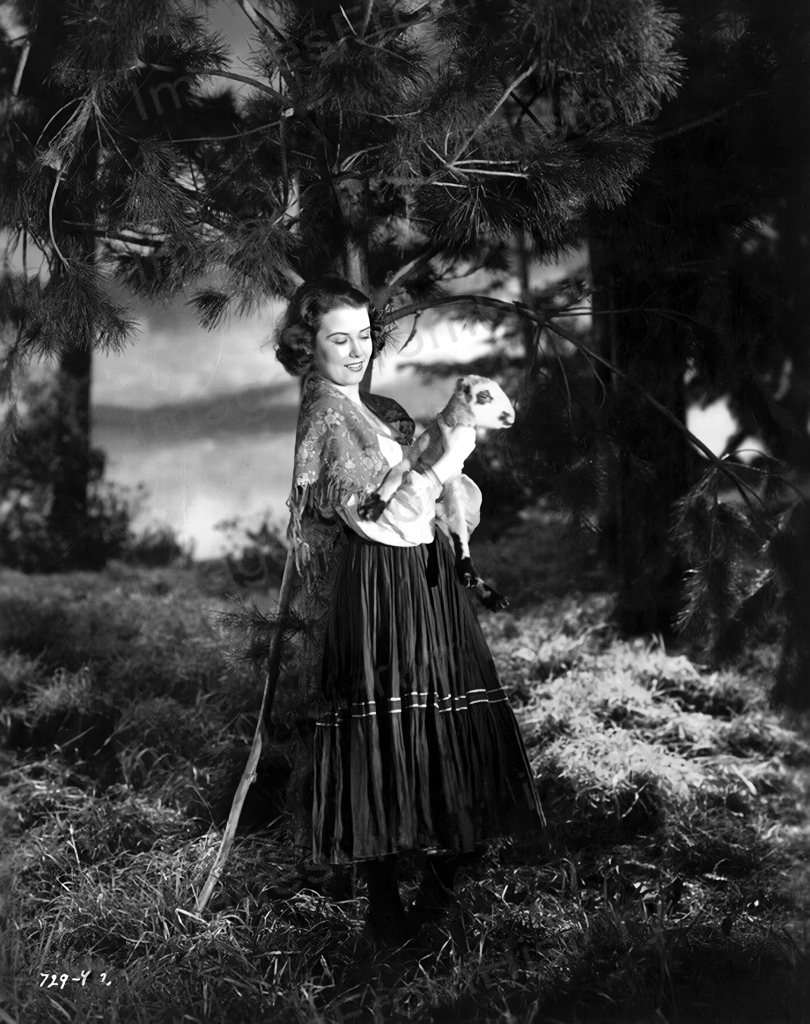
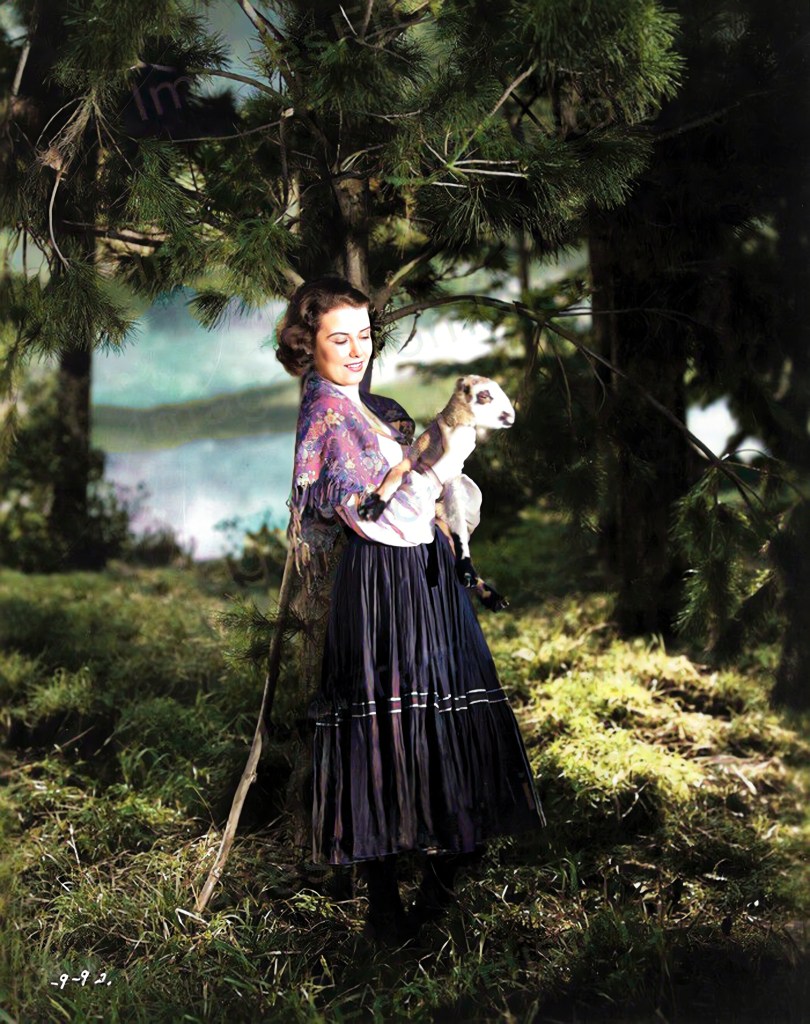
In a jettisoned subplot, after the Monster escapes from jail and runs amuck, a little girl is found slain, among others. Suspicions fall upon the Monster. Indeed, the audience is left to assume that too. But the real killer is Karl, played by Dwight Frye, for reasons never made clear because the subplot was dropped:


Another dropped subplot involved the idea of using Elizabeth’s heart (Valerie Hobson), the fiance of Henry Frankenstein (Colin Clive), to implant in the Bride. It sounds absurd but this photo shows the kidnapped Elizabeth (to secure Henry’s cooperation) being approached by Karl with a very visible knife in his hand. This idea was dropped but in the finished film Karl murders an unfortunate young woman to obtain her heart:


Finally, here is a unique photo of the Bride herself, memorably played by Elsa Lanchester. Obviously, this is not a cut scene but I included this not only because it has Elsa’s autograph, but because it also has her sketch of her character.
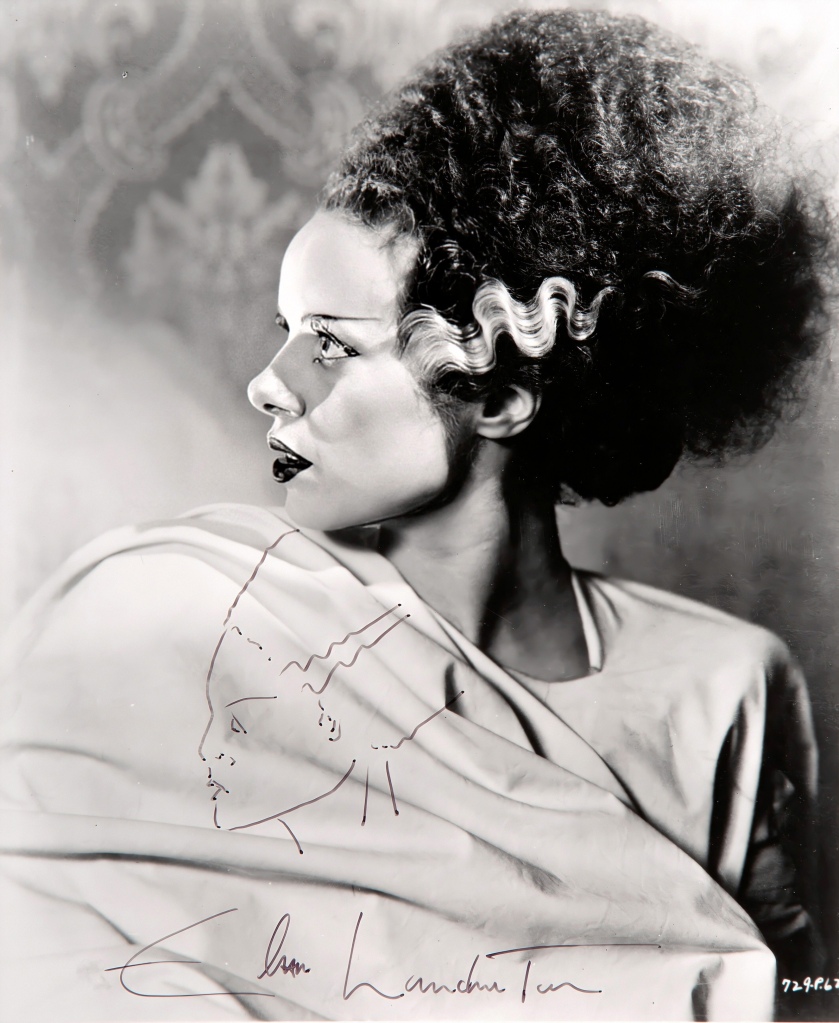

I hope you enjoyed this tour in a true “cinematic crypt” of unseen scenes from these classic films.
HAPPY HALLOWEEN 2021!
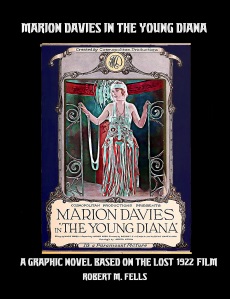
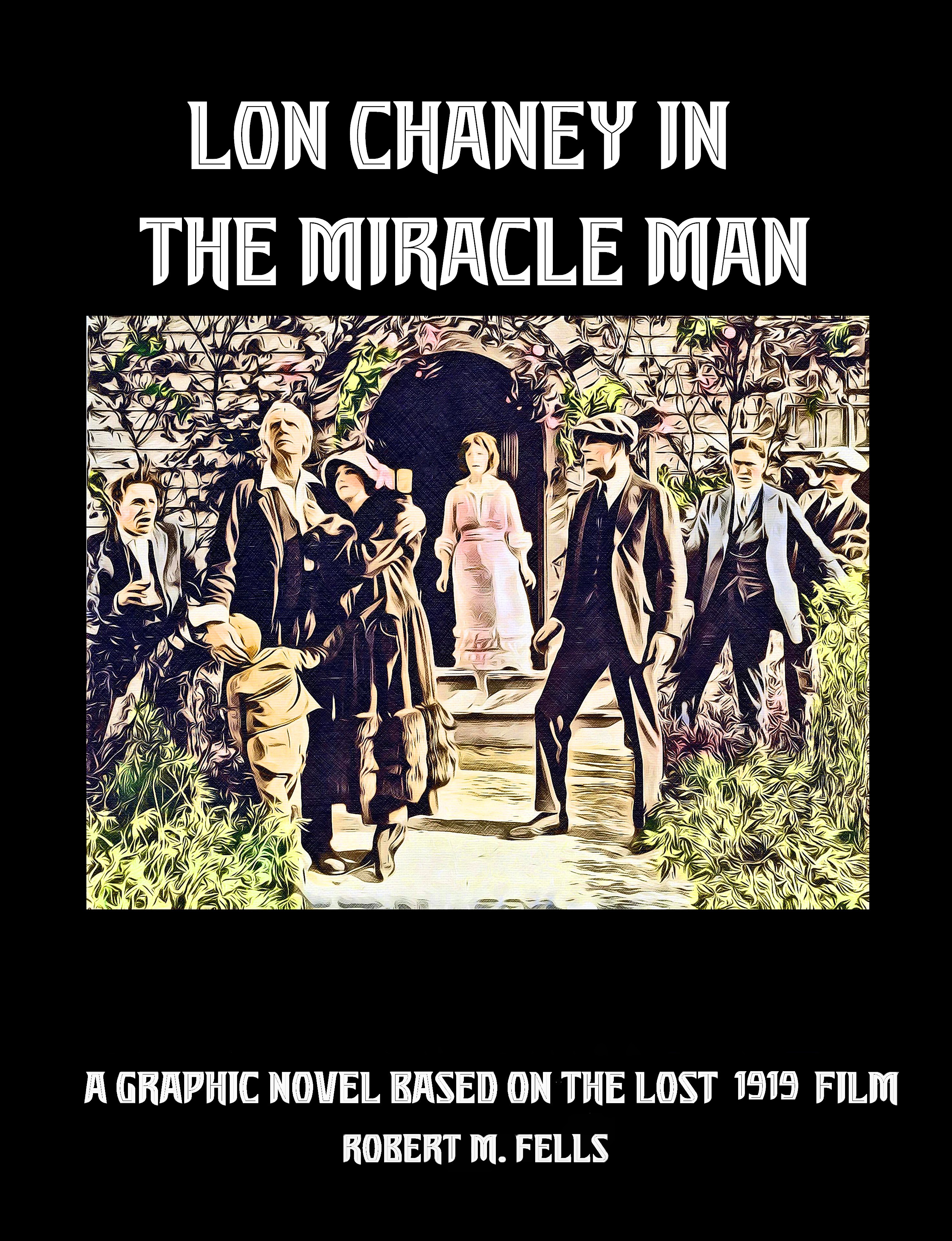







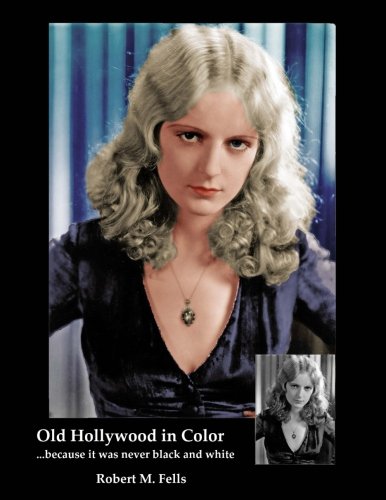
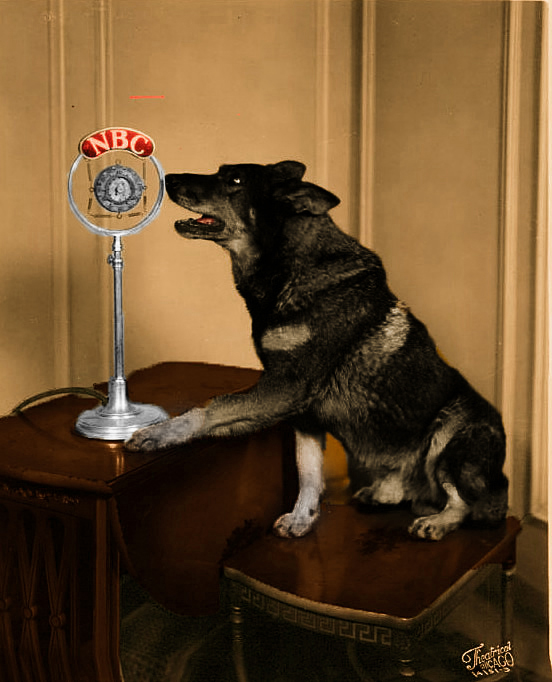

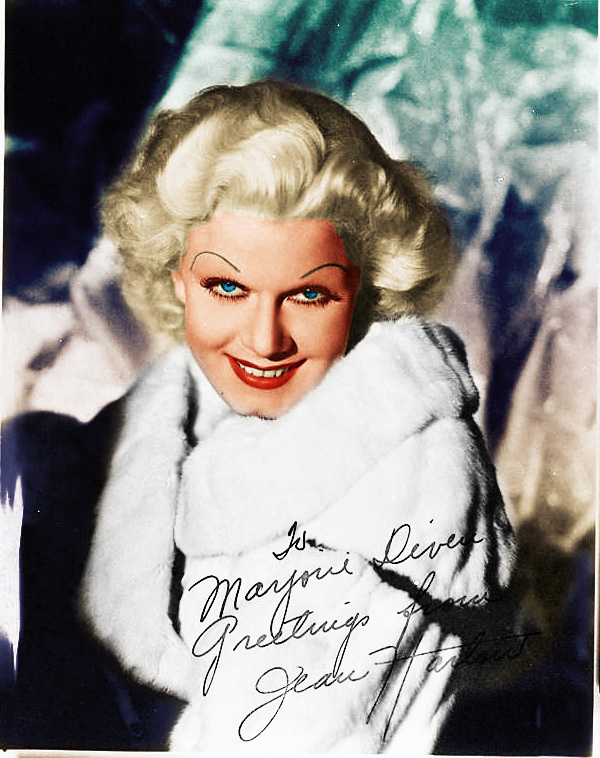
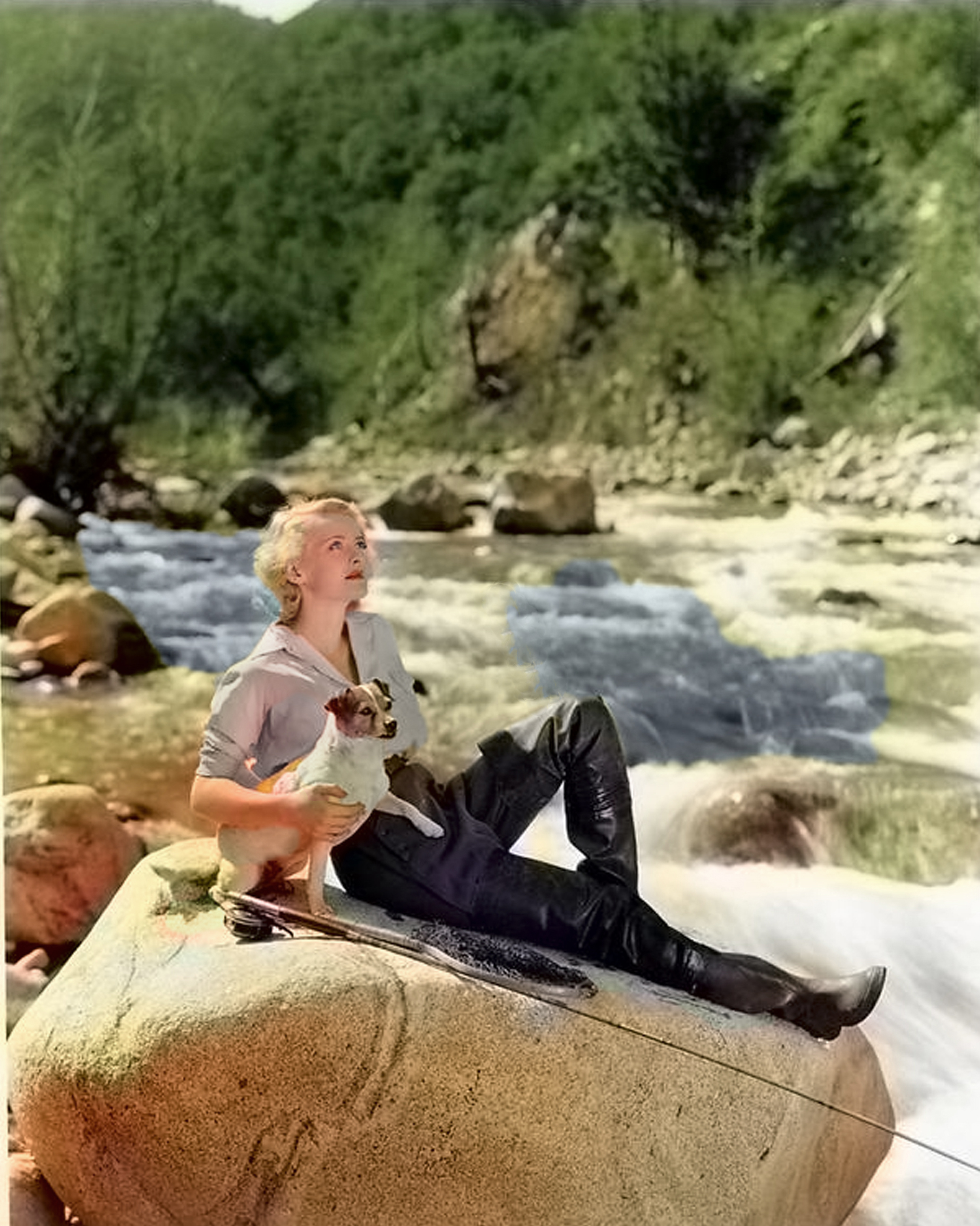








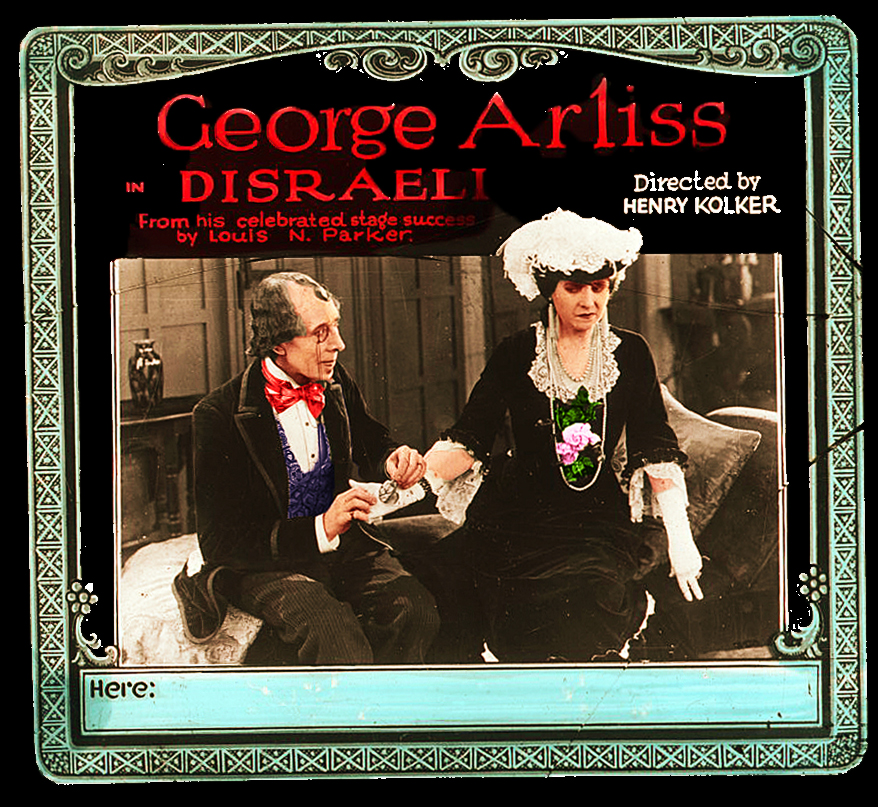

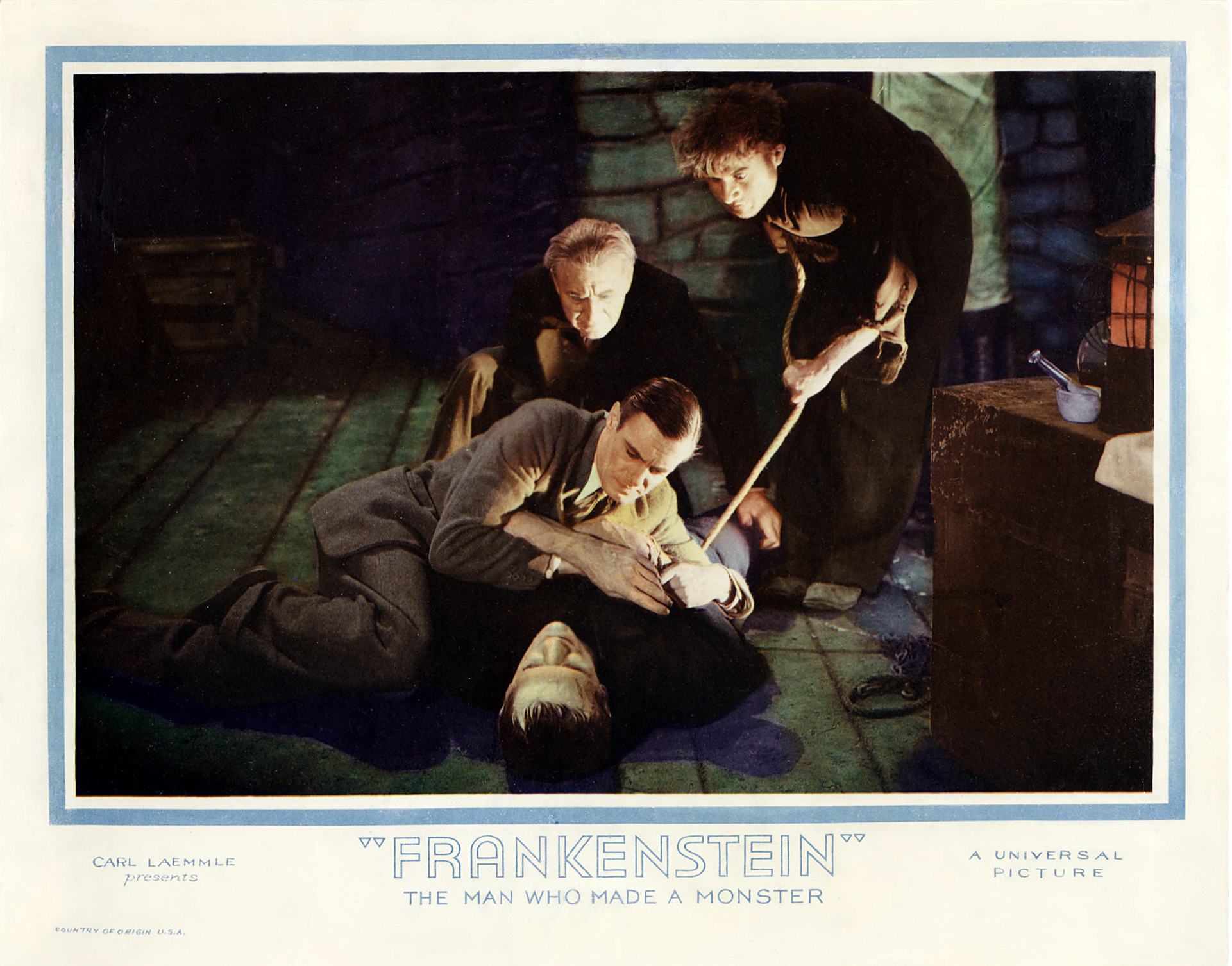




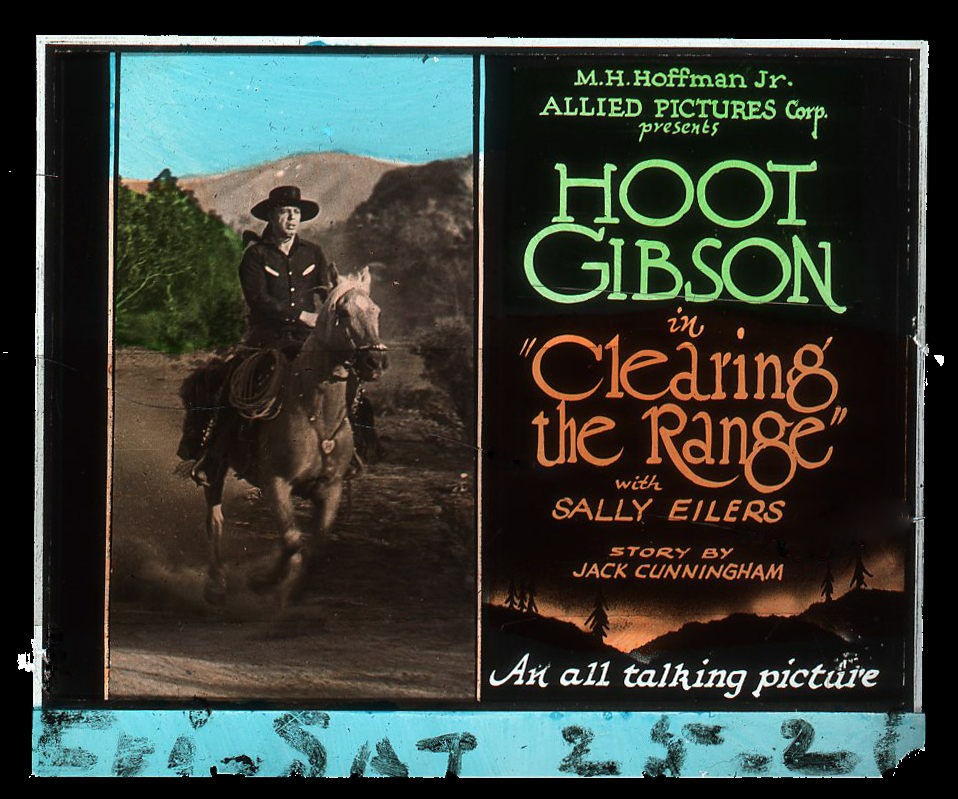
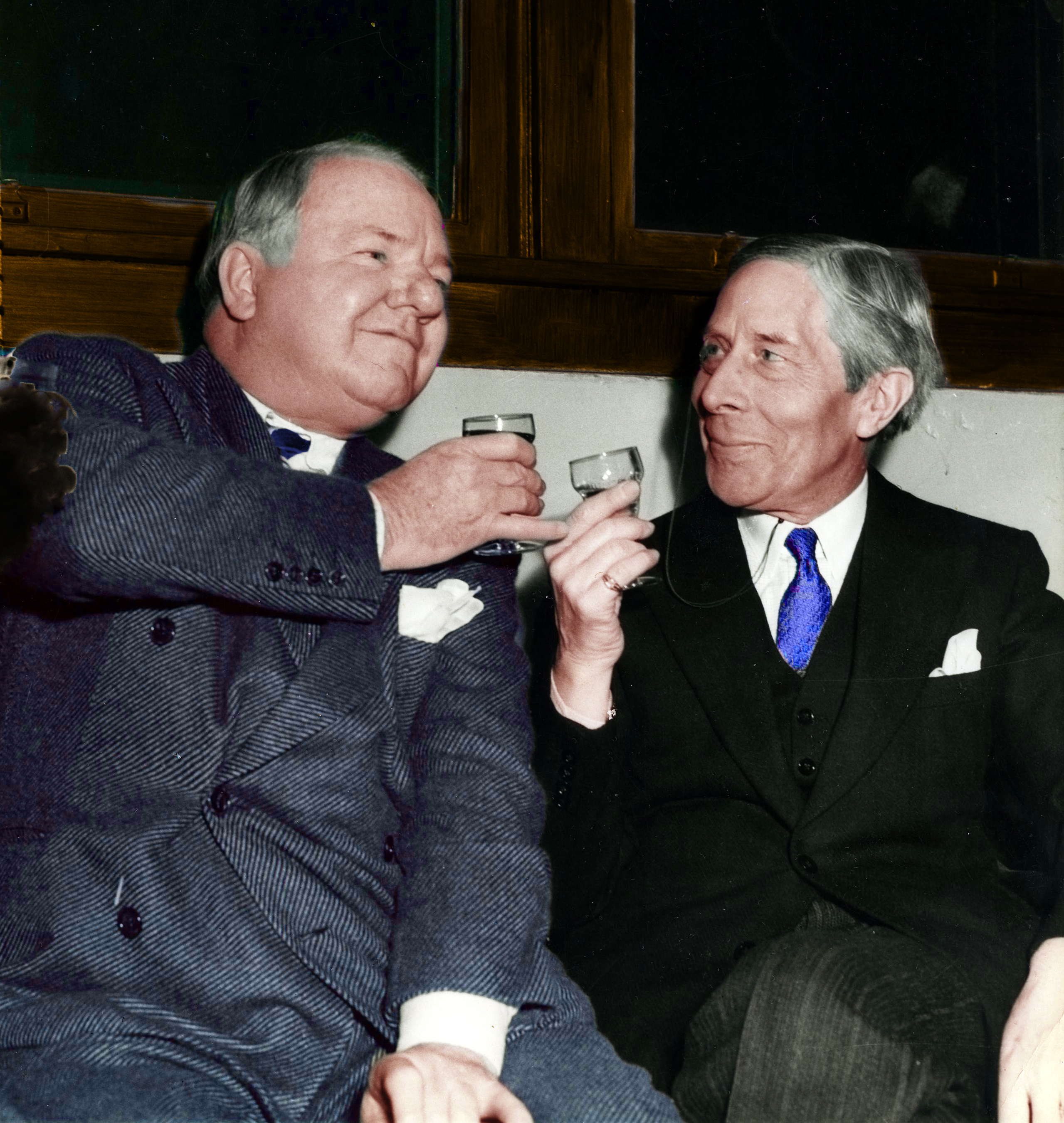
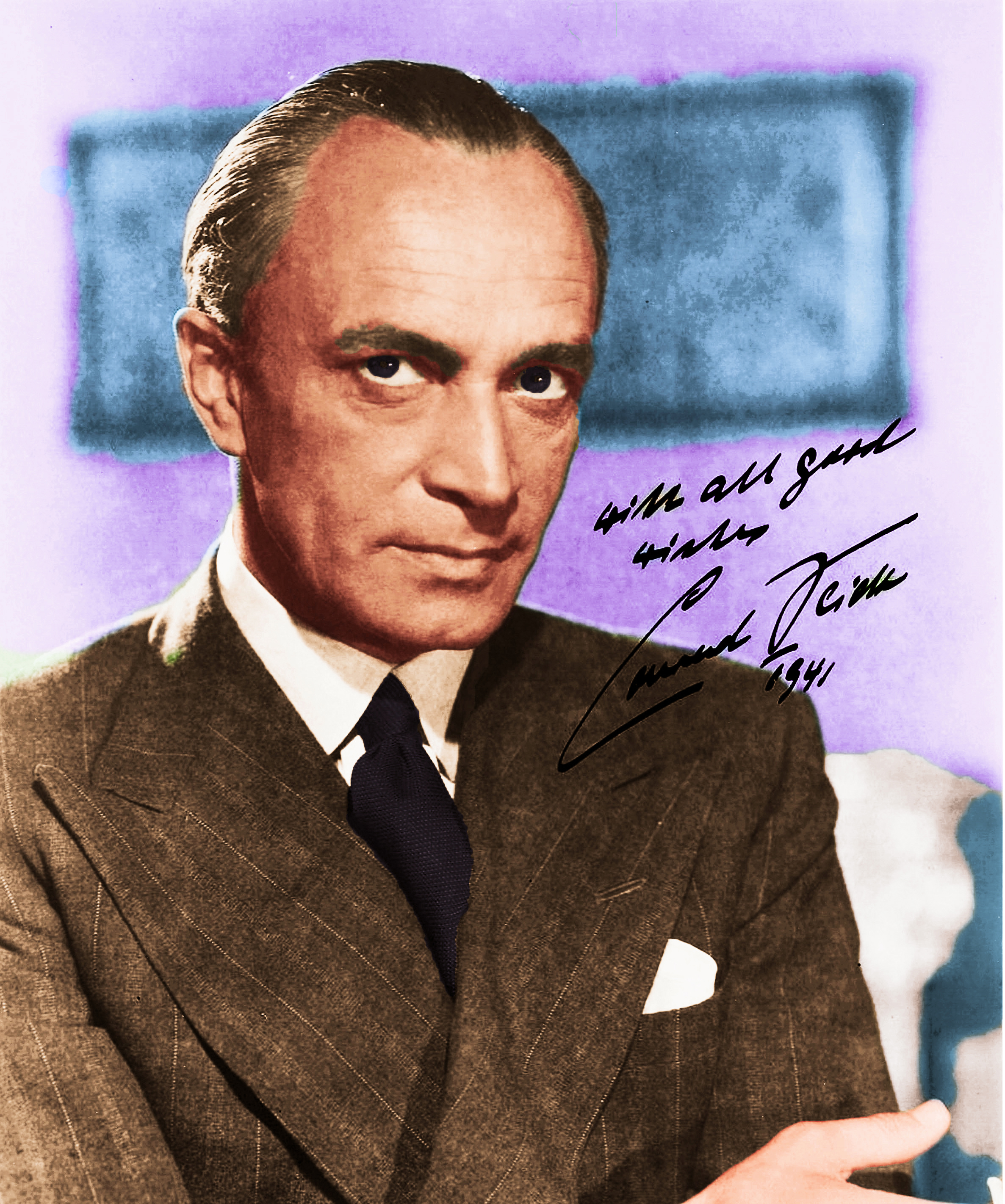


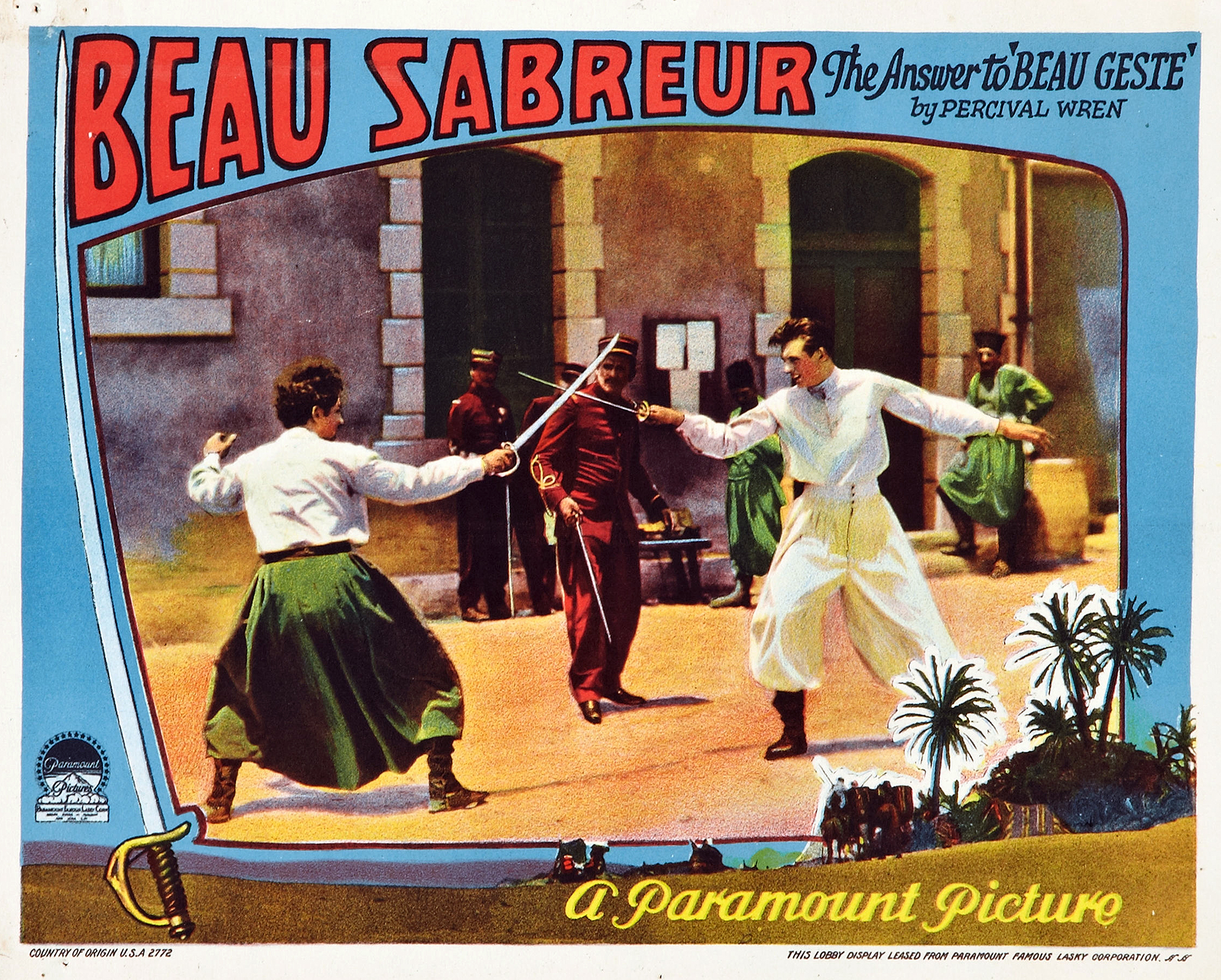
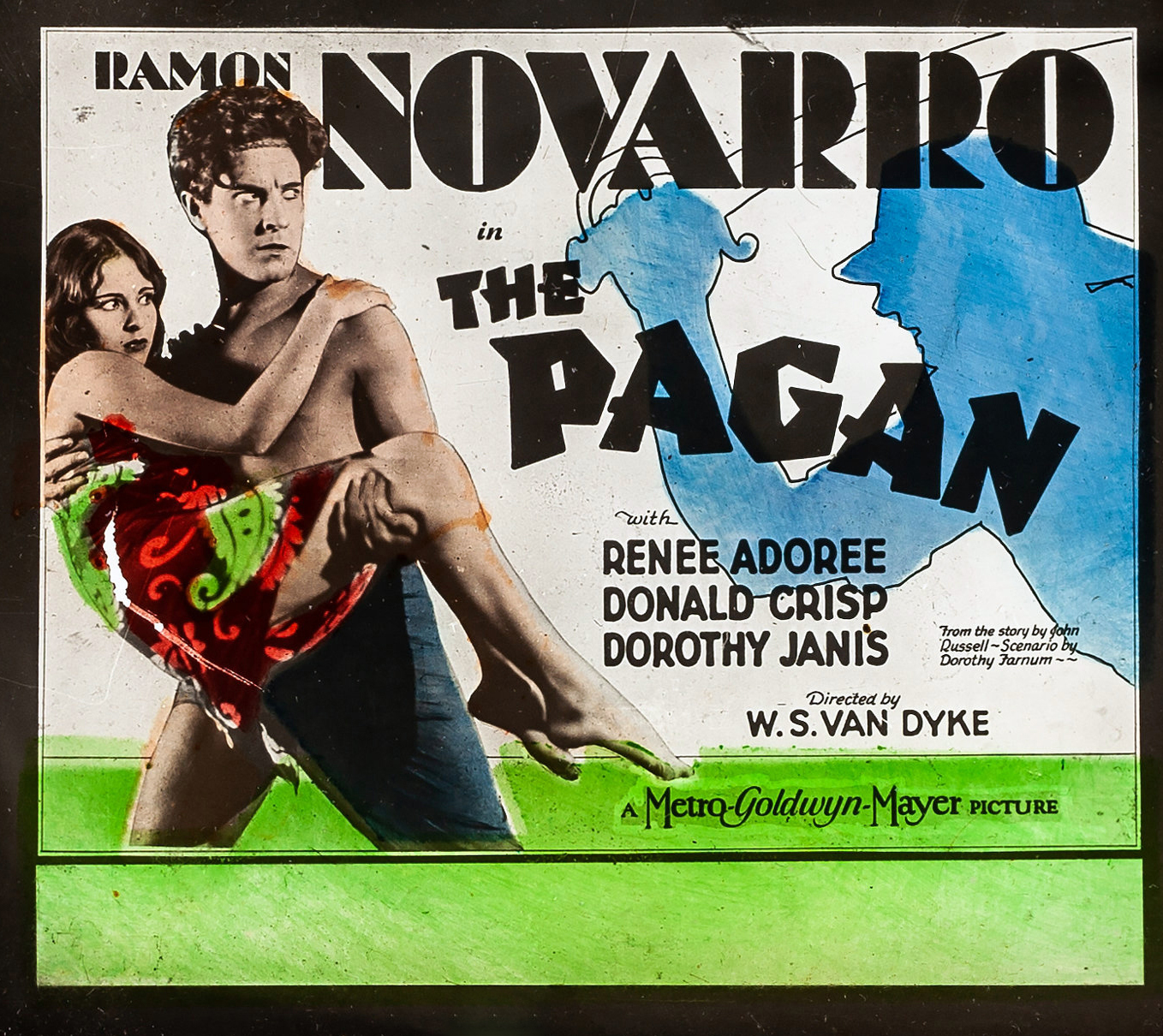
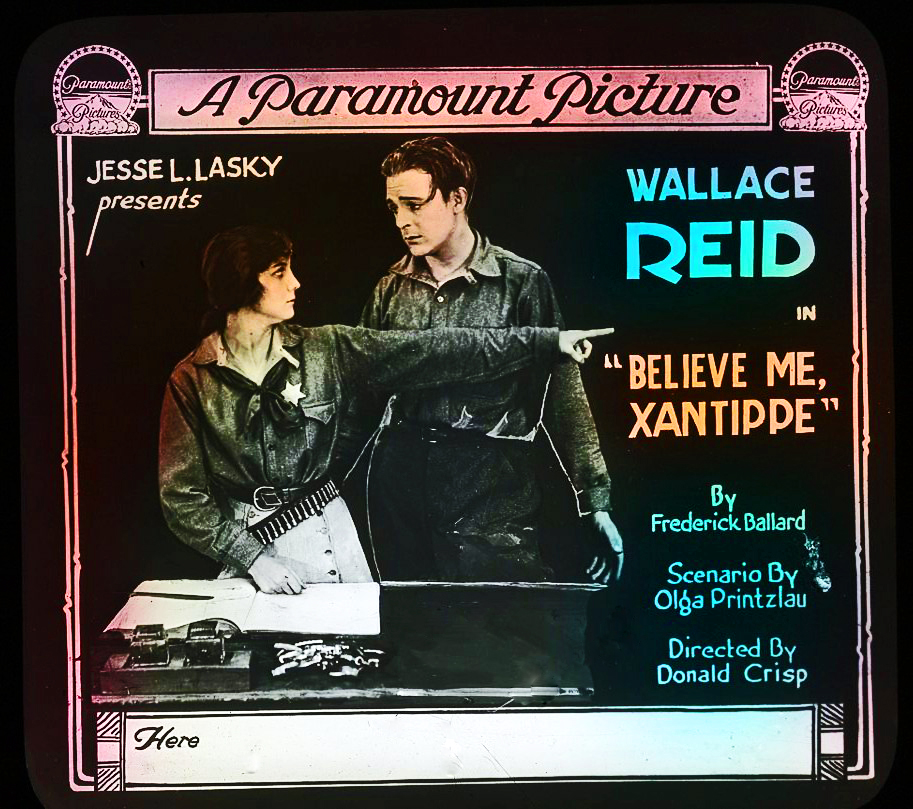


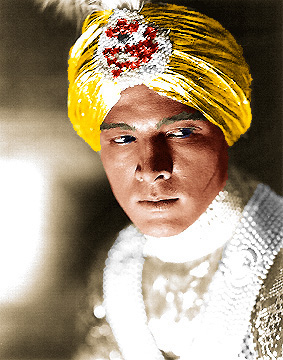




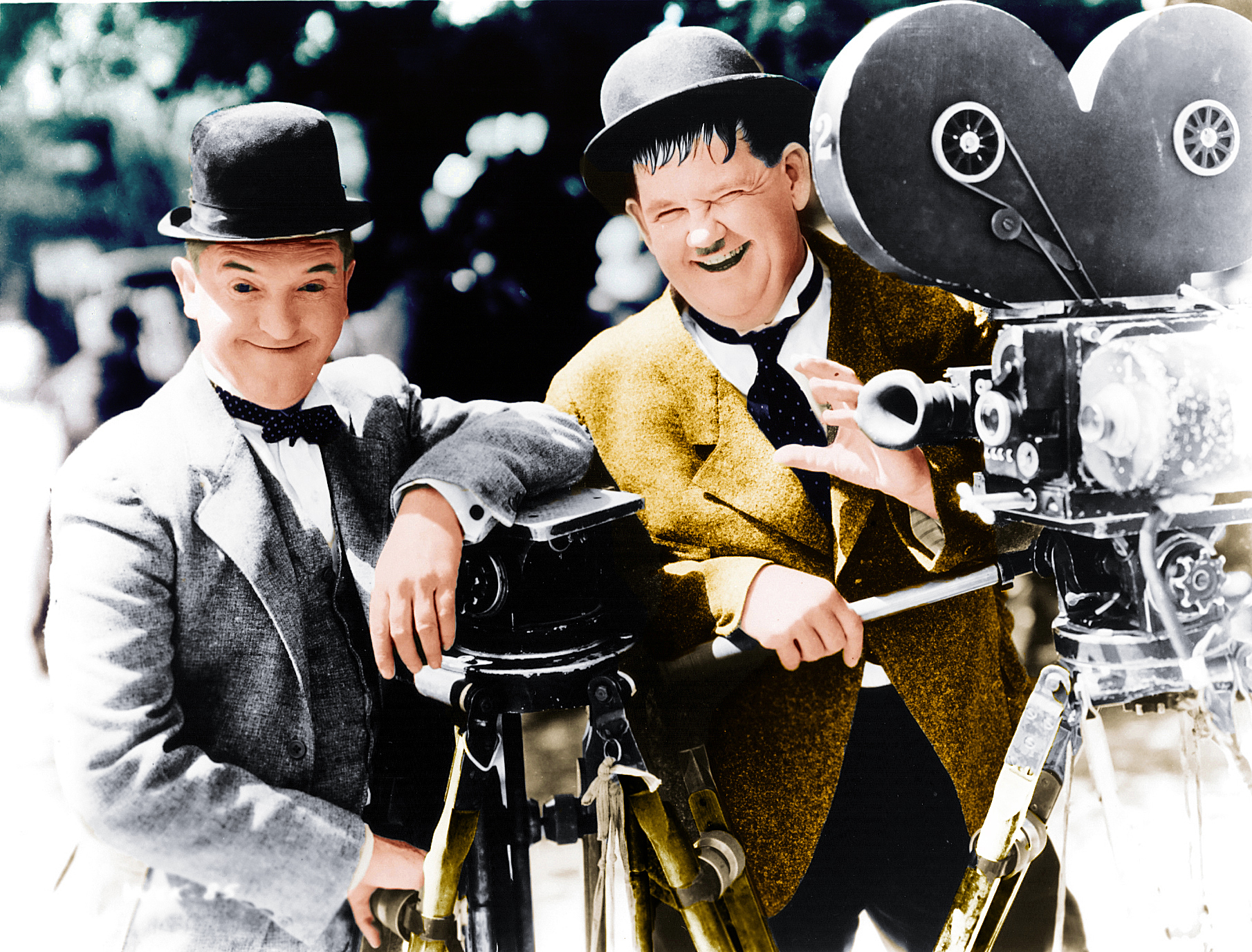
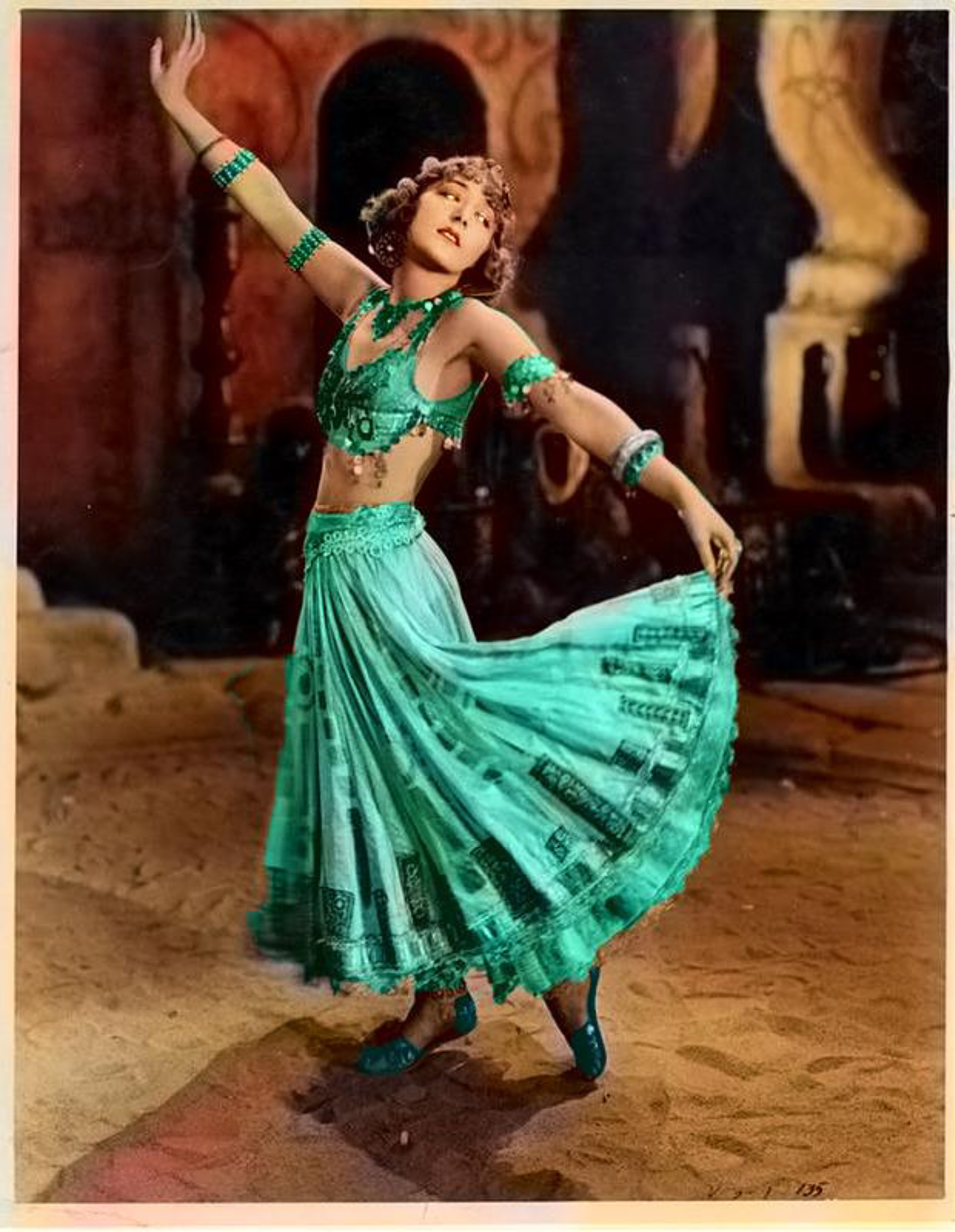

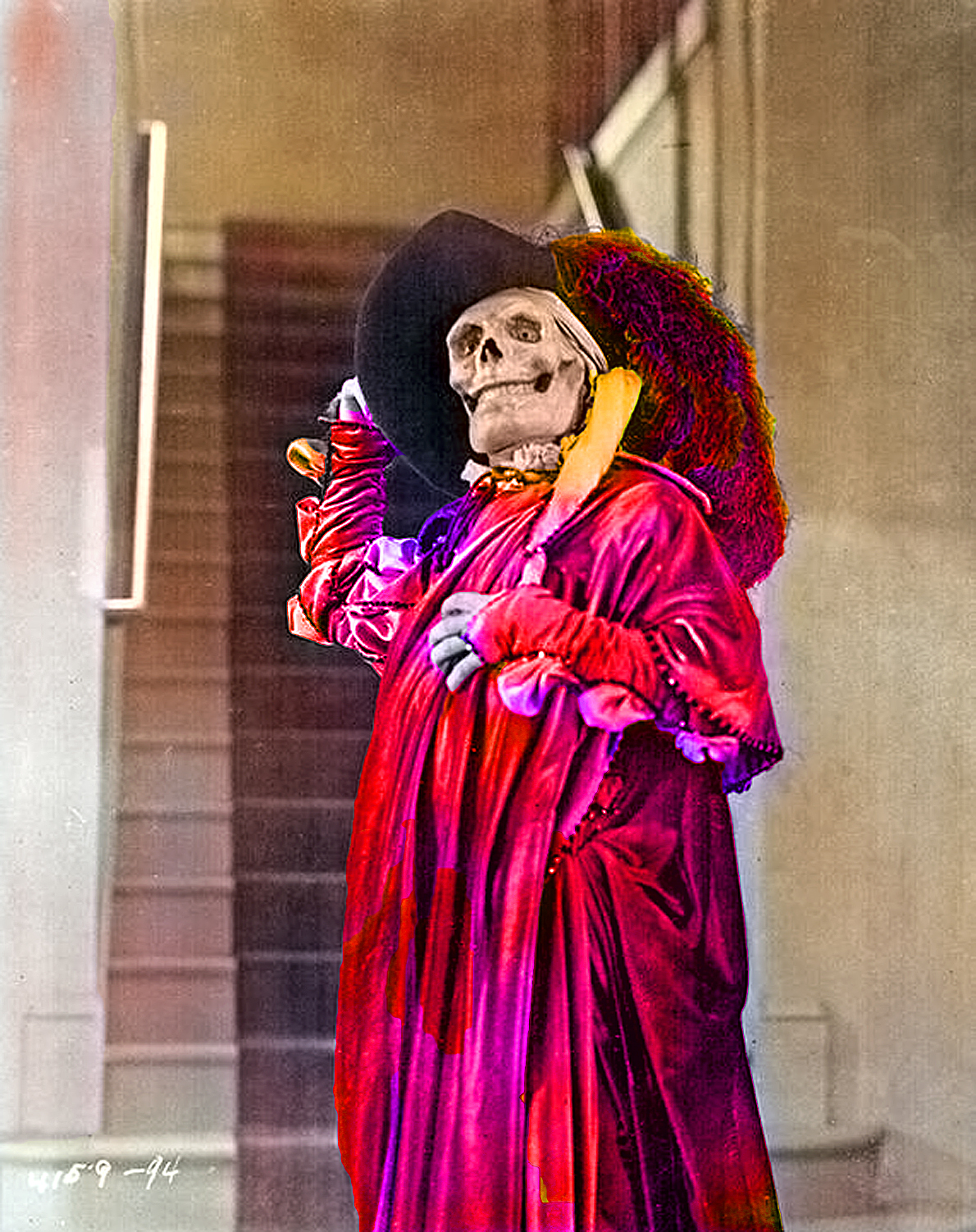


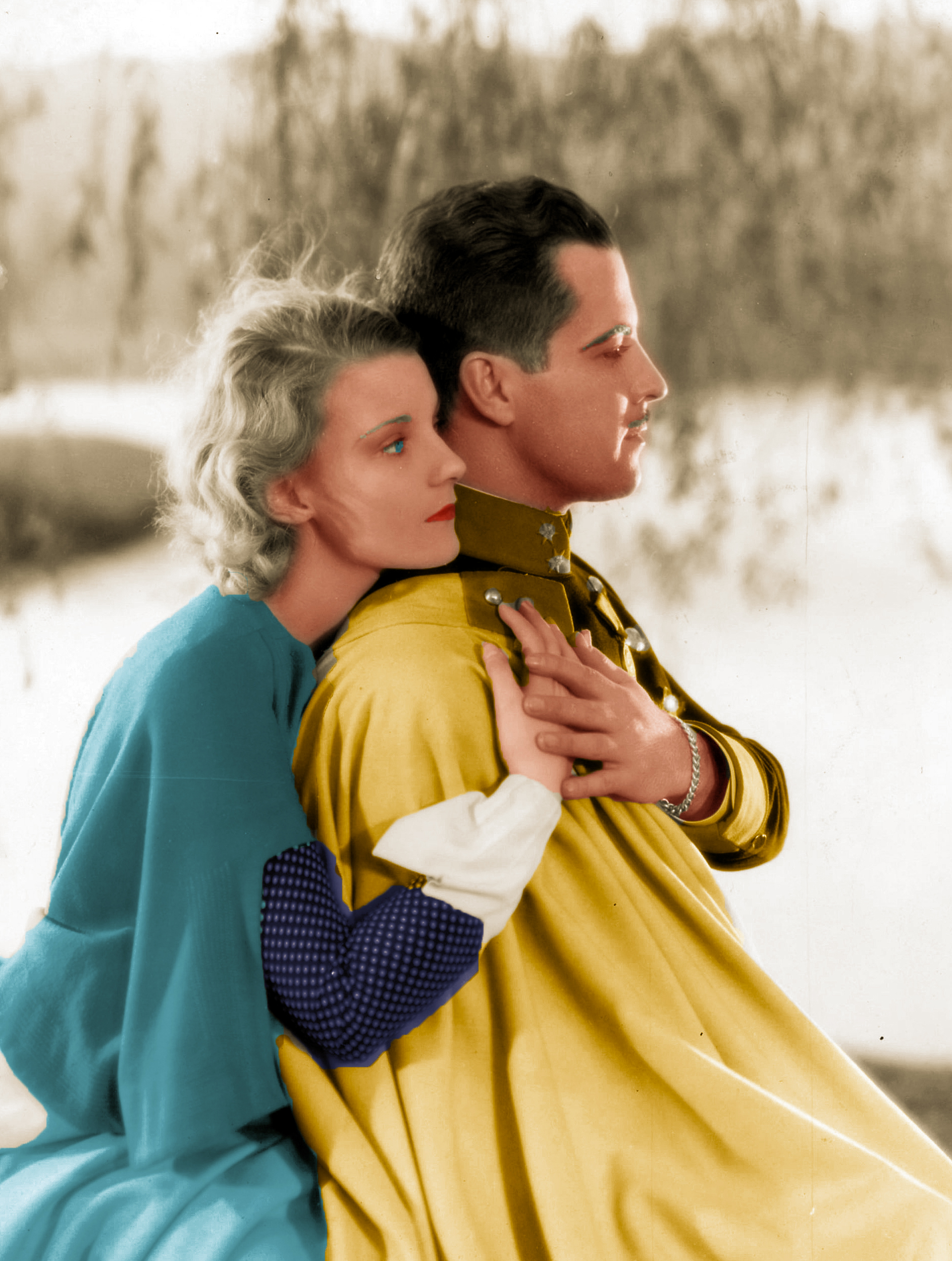
This is magnificent. The color restorations are sensational. Thanks so much for giving us these outtakes in time for Halloween.
Thanks for this! Wondering if the “shopping” scene is included in the new restoration of Hunchback?